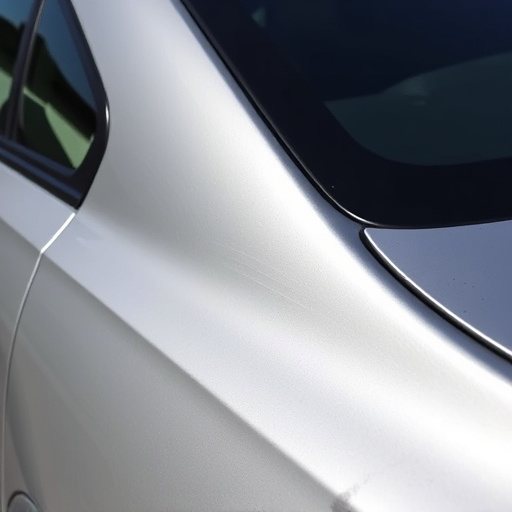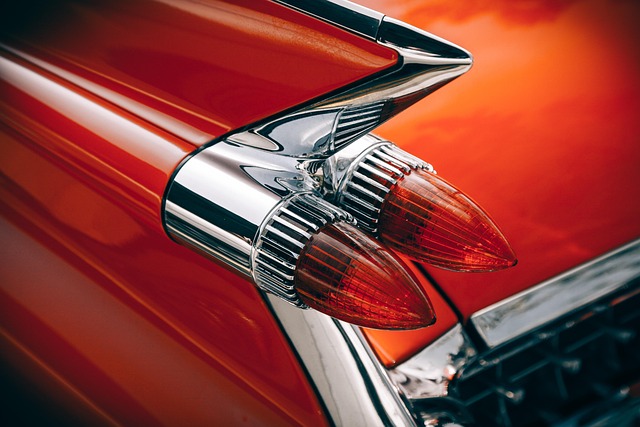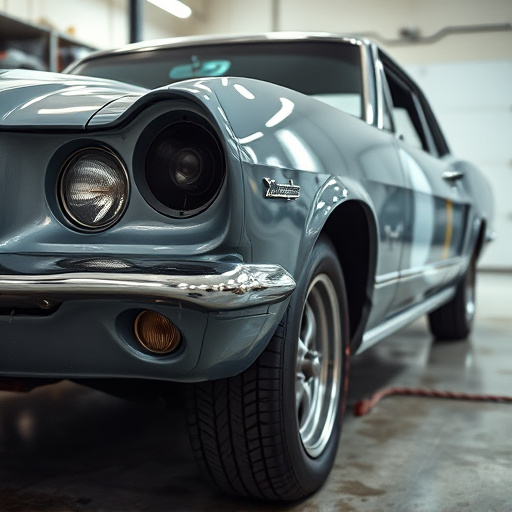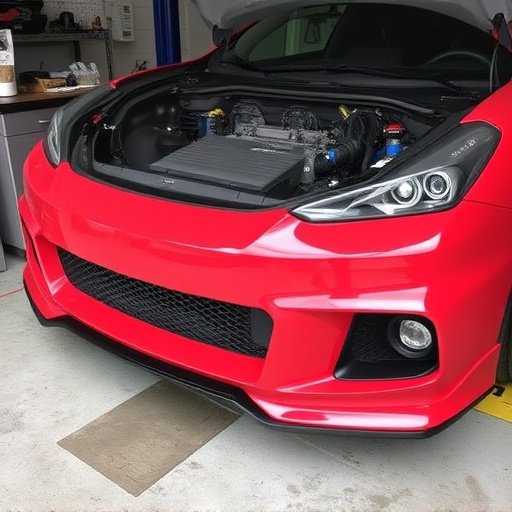Seam sealers, specialized products for filling and securing gaps in various materials, are crucial for vehicle restoration projects. They protect against water, moisture, and other elements by creating strong, durable bonds. Types include adhesive tapes, silicone-based compounds, and epoxy putties, each suited for specific applications like interior/exterior repairs or bonding metal, plastic, and glass. The right sealer ensures structural integrity, prevents water penetration, enhances aesthetic appeal, and contributes to the longevity of cars by safeguarding against future damage.
Seam sealers play a crucial role in vehicle restoration, offering essential protection against moisture intrusion and corrosion. This article delves into the world of seam sealers, providing an insightful overview for restorers and enthusiasts alike. We’ll explore the basics of these sealing compounds, dissect various types tailored to specific applications, and guide you through their effective utilization in automotive restoration projects. By understanding seam sealer types, you can ensure long-lasting results for your classic or modern vehicle.
- Understanding Seam Sealers: The Basics
- Types of Seam Sealers and Their Unique Applications
- Using Seam Sealers in Vehicle Restoration Projects
Understanding Seam Sealers: The Basics

Seam sealers are specialized products designed to fill and secure gaps or seams in various materials, including those used in vehicle restoration projects. These sealants create a strong, durable bond, preventing water, moisture, and other elements from penetrating vulnerable areas like joints, cracks, and damaged surfaces. Understanding the different types of seam sealers is essential when undertaking auto repair services or car repair services, as it ensures the longevity and integrity of restored vehicles.
In fender repair and similar restoration tasks, seam sealers come in multiple forms, such as adhesive tapes, silicone-based compounds, and epoxy putties. Each type offers unique advantages based on its composition and application method. For instance, adhesive tapes are quick and easy to use for temporary repairs, while silicone sealants provide excellent flexibility and weather resistance. Epoxy putties, on the other hand, offer extreme durability and are ideal for permanent fixes in challenging-to-reach areas. Choosing the right seam sealer is critical to achieving a secure, long-lasting finish in any car repair services or restoration endeavor.
Types of Seam Sealers and Their Unique Applications
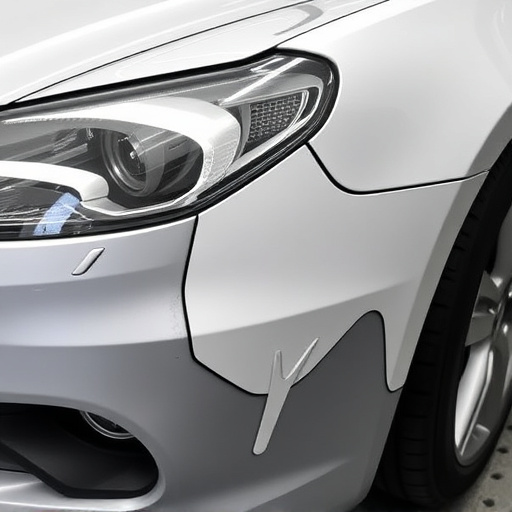
Seam sealers come in various types, each with unique properties and applications tailored for specific restoration needs. One common type is the silicone-based seam sealer, known for its flexibility and water resistance, making it ideal for sealing joints in both interior and exterior car panels. This characteristic makes it a preferred choice for car scratch repair and collision repair processes, ensuring that new repairs remain secure and protected from moisture intrusion.
Another variety is the polyurethane seam sealer, offering excellent adhesion and durability. It’s particularly suited for bonding metal, plastic, and glass surfaces, commonly used in detailed body shop services. Polyurethane sealers also provide a robust barrier against corrosion, which is crucial when restoring older vehicles or repairing damages that may leave exposed metal edges.
Using Seam Sealers in Vehicle Restoration Projects

Seam sealers play a pivotal role in vehicle restoration projects, offering a robust solution for repairing and protecting car bodies. These specialized products are designed to fill and seal gaps and cracks, ensuring structural integrity and preventing water penetration. In the context of car damage repair and dent removal, seam sealers provide a seamless finish that matches the vehicle’s original appearance, enhancing its aesthetic appeal.
During car body restoration, choosing the right seam sealer is crucial. Different types, such as those based on polyurethane or silicone, offer varying levels of flexibility, durability, and resistance to extreme temperatures. For instance, polyurethane sealers excel in bonding strength and toughness, making them ideal for repairing major structural damage. In contrast, silicone sealers provide excellent weatherability, making them suitable for exterior applications where the car is exposed to diverse climatic conditions. Seam sealers not only restore the car’s structural integrity but also contribute to its longevity by safeguarding against future car damage repair needs.
In conclusion, understanding the various types of seam sealers and their specific applications is key to successful vehicle restoration projects. From butyl rubber to silicone-based options, each sealer offers unique benefits tailored to different repair needs. By choosing the right seam sealer for the task at hand, restorers can ensure long-lasting, waterproof bonds that restore vehicles to their former glory.


